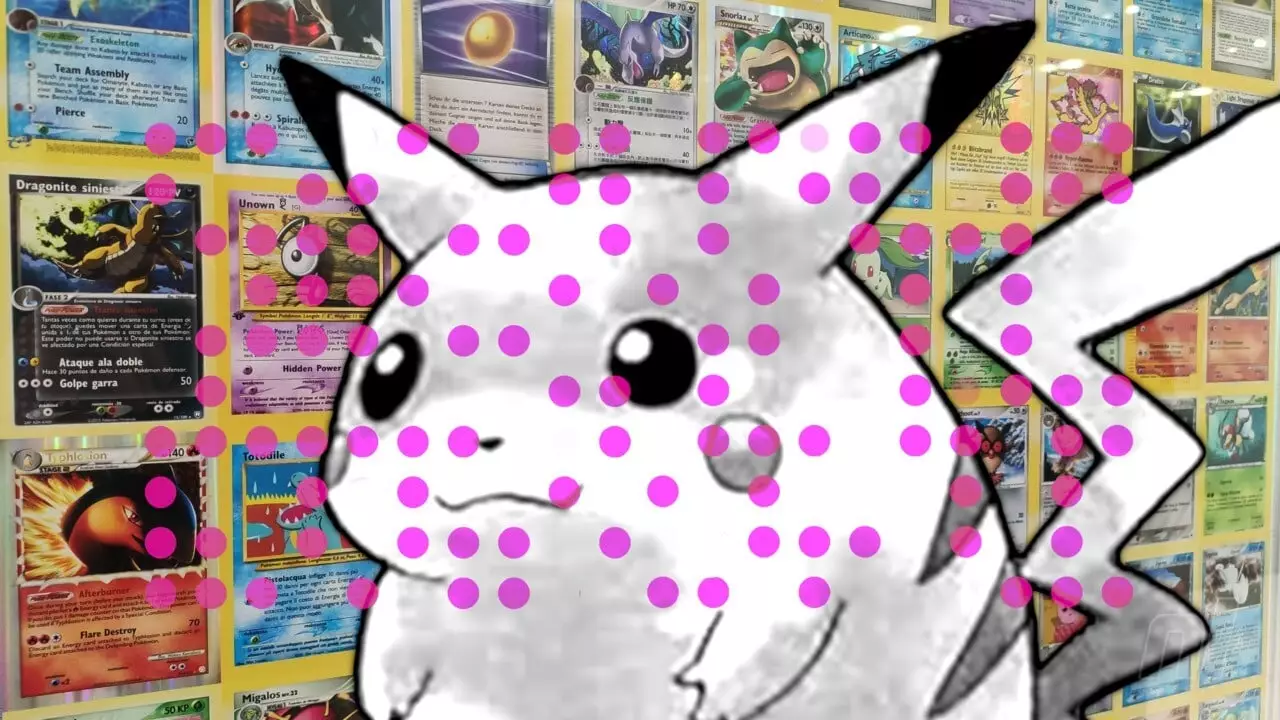The Pokémon Trading Card Game (TCG) has garnered a massive following since its inception in the mid-1990s. Players and collectors alike have shown a voracious appetite for acquiring these cherished cards, particularly the rarer specimens that hold significant value. Auctions for highly sought-after cards can yield astonishing results, with prices soaring into the tens of thousands of dollars. However, recent developments have cast a shadow over this seemingly vibrant marketplace, raising questions regarding authenticity and ethical practices in the trading card community.
To understand the controversy, it is vital to delve into the history of Pokémon prototype cards. Before the Pokémon TCG officially launched in Japan in 1996, a series of test cards were created. These ‘playtest’ cards were produced during the game’s development and are known for their rarity. They hold a considerable allure for collectors, as their limited availability makes them potentially valuable. In 2024, a cache of these rare cards was put up for auction after receiving verification from the grading company CGC, a process that bolstered their perceived legitimacy. Collaborating with Takumi Akabane, a key designer of the original game, CGC claimed thorough efforts to authenticate these cards.
However, in a striking twist within the Pokémon trading community, PkmnFlyingMaster (PFM), a notable figure on EliteForum, put forth investigations suggesting that many of these so-called prototype cards could, in fact, be forgeries. Utilizing various forensic techniques to enhance and analyze the printing patterns on these cards, PFM discovered what appear to be modern printing markers. These markers consist of nearly imperceptible tracking dots found through meticulous examination of high-resolution scans.
In a shocking revelation, PFM’s research pointed to metadata embedded in the cards that supposedly indicates a printing date of June 2024, contradicting their supposed ‘vintage’ status. Moreover, PFM has argued that the pattern of dots seemingly uniform across the lower-quality beta playtest cards serves as a crucial indicator of their inauthenticity. The IAM (Invisible Authentication Marks) that are meant to safeguard original prints are now raising serious doubts about the validity of certain items flooding the marketplace.
The implications of these findings are profound, shaking the very foundation of trust that collectors and players place in the trading card ecosystem. With allegations surfacing regarding cards sold for exorbitant prices—one notable instance being an ‘Alpha Prototype’ Pikachu card auctioned for $24,400—an increasing number of collectors are reconsidering their holdings and transactions. The community, once united by a shared passion for Pokémon cards, finds itself divided amid fears of being duped.
Moreover, this isn’t the first time the Pokémon TCG scene has encountered turmoil. Frequent controversies surrounding newly released sets and the grading industry’s inconsistencies only exacerbate the already tense atmosphere. As collectors navigate the murky waters of this skeptical climate, questions arise about the integrity of grading companies and their processes for verifying the authenticity of such impactful collectibles.
The recent surge of interest in the Pokémon TCG has been catalyzed further by the launch of Pokémon Trading Card Game Pocket, which has generated revenue exceeding $120 million within its first month. As fresh players enter the realm, the potential for newcomers to be misled grows alongside the current turmoil. Whether the community can successfully navigate these controversies remains uncertain.
In the wake of PFM’s disclosures, it is critical for collectors, players, and the Pokémon Company to heighten scrutiny over validation processes and enhance transparency to safeguard the integrity of the Pokémon TCG. As the dust settles, separating authentic memorabilia from alleged fakes will be a monumental task and one that could redefine collector relationships—not only with each other but with the game itself. Each new revelation in this saga serves as a reminder that even in a world filled with nostalgia and excitement, vigilance against deception must be a constant companion.


Leave a Reply